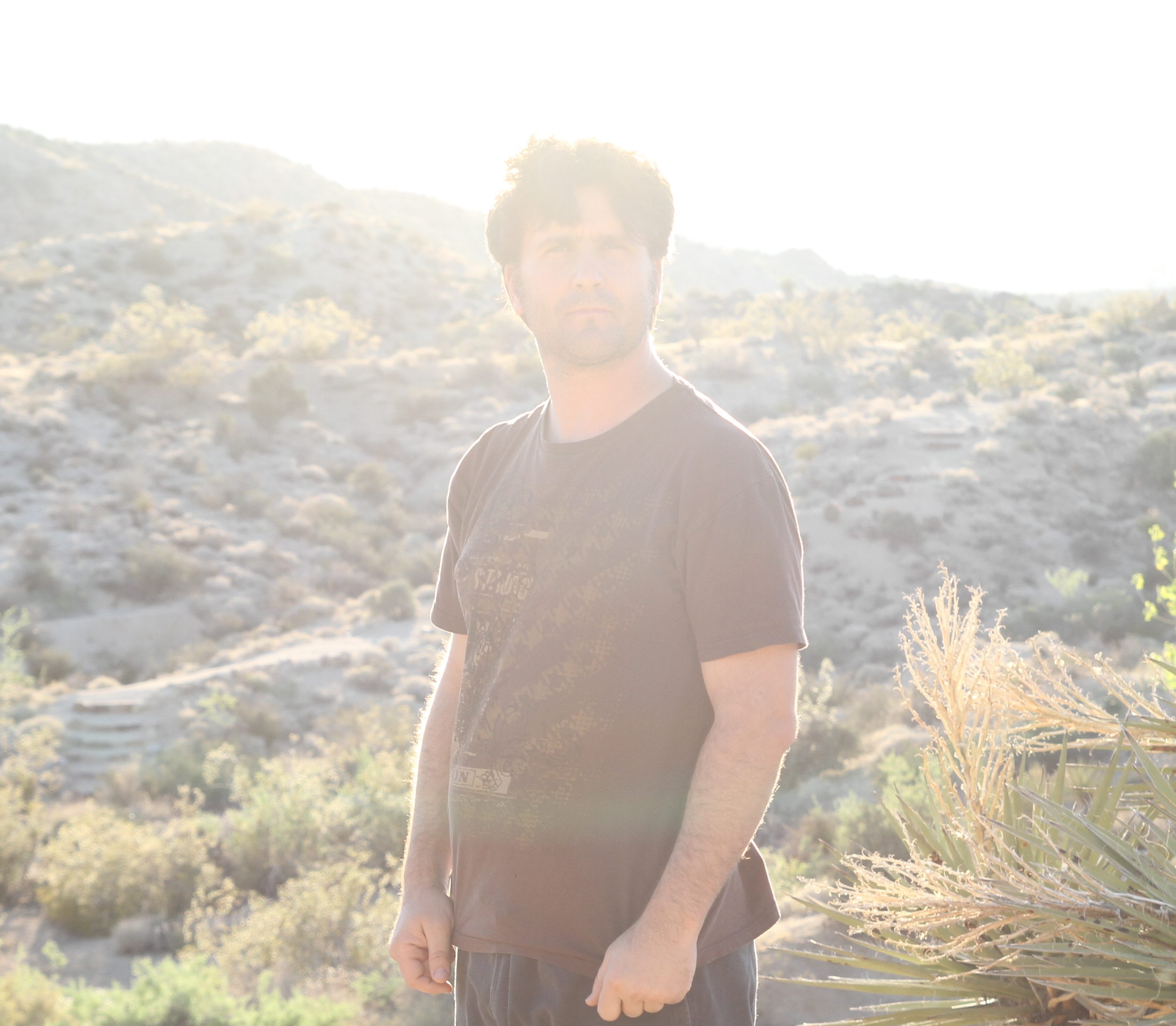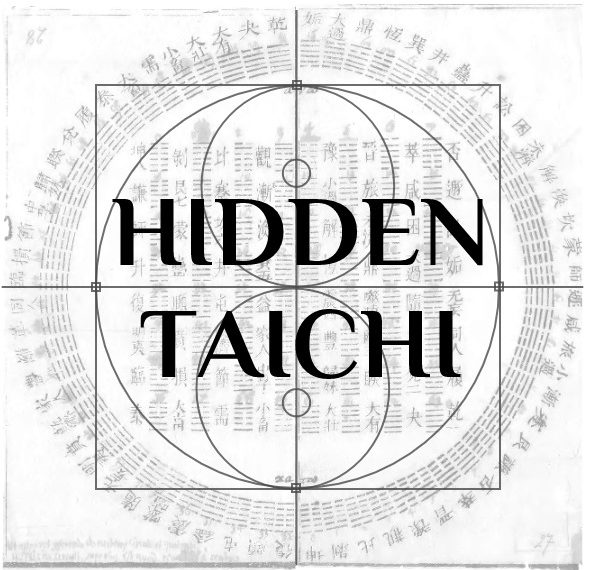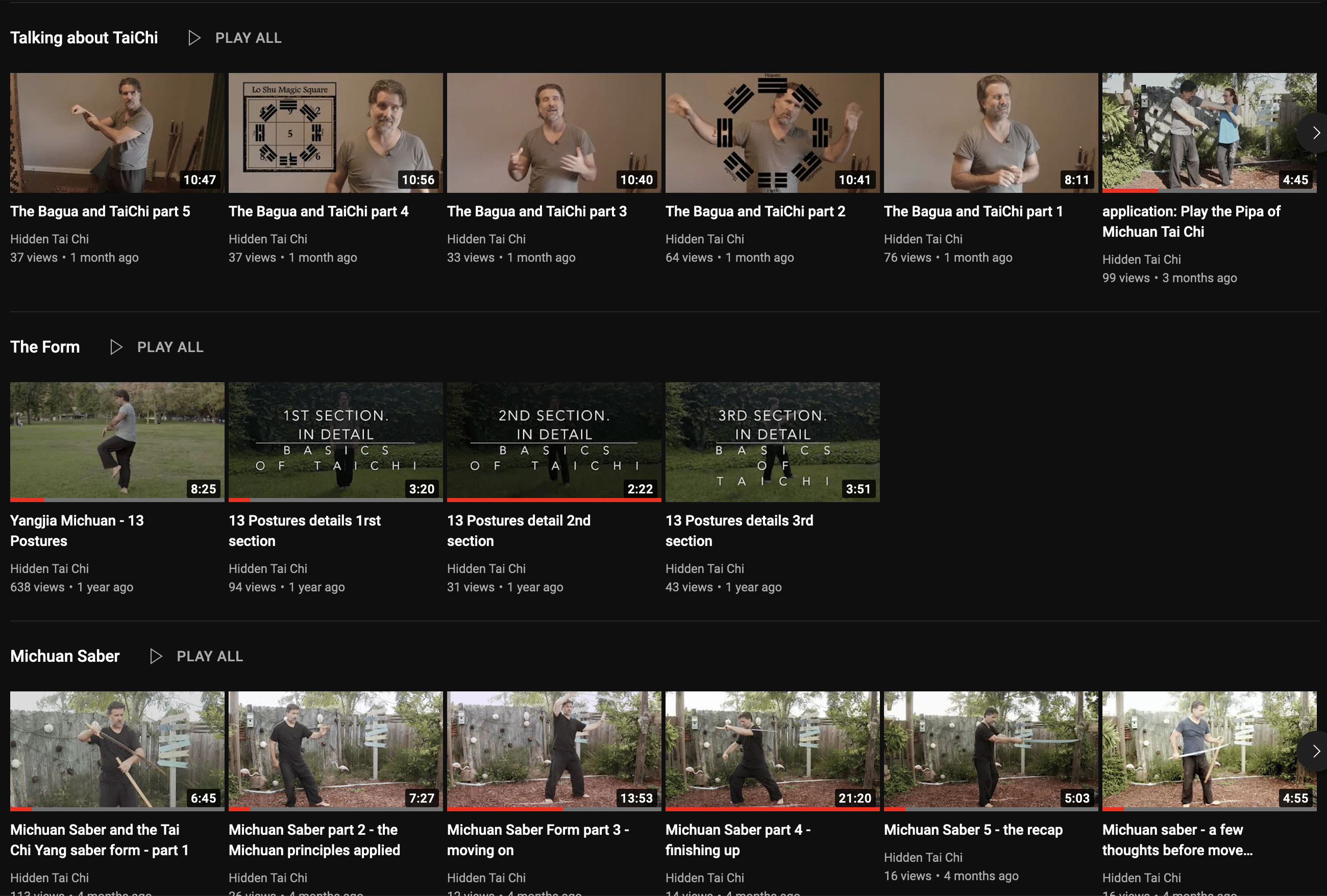HIDDEN TAI CHI
LIVE and ONLINE CLASSES for all levels and ages.
Evolve, heal, and unlock your true self using tools developed over thousands of years.
Online Classes
About
Blog
ABQ Classes
Why Hidden Tai Chi?

The quick answer is that the Tai Chi taught in these classes is the Hidden Tradition of the Yang Family Style of Tai Chi, or Yangjia Michuan Taijiquan in Chinese. It is sometimes referred simply as Michuan Tai Chi. It is an older form of Tai Chi, which retains its deep root in Taoism, meditative practice, and self defense applications.
But the classes are also about the deeper roots of Tai Chi, about the lost knowledge and haze of misinformation that surrounds modern Tai Chi. The classes are about rediscovering this lost knowledge, and to bring the hidden aspects of this ancient art to light.
The most common comment I have received from my students is “this is not what I expected”. Those who were new to Tai Chi often have in mind the gentle flowing movements that typify Tai Chi. And they are present in this Michuan Form. But underlying those movements is an attention to details and bio-mechanics.
It is that focus on the basic principles of movement that bring about the real changes, and the real benefits, of a Tai Chi practice, beyond the usual relaxation and mild exercise.
A Call to Action For Fellow Tai Chi Nerds
Have you ever wondered why the practice of Tai Chi does not match the writings about it in the Tai Chi Classics, or why an art that was considered the most potent in China is now the laughinstock of the martial art world?
Have you ever discussed the impact of the Boxer Rebellion on the Chinese martial art world? Or the influence of the Chinese Communist Party on modern Tai Chi? Or the role of Taiwan in the preserving Tai Chi? Or the Taoist roots of the art, and how the rural villages and their Taoist ceremonies and practices have a direct influence on Tai Chi? Ever wondered if the shamanic practice of Star Walking has maybe an influence on Tai Chi? Ever noticed that the 13 Postures is a physical representation of the creation of the Universe? No? Just me? What does double-weighted really mean? What is the relation between the head-tailbone-foot axis and what does it have to do with the Tai Chi Pillar and energy work within the form?
The Hidden Tradition has opened my eyes to the damage done to the Tai Chi tradition by generations of malpractice. Tai Chi has been watered down, misunderstood and ridiculed for far too long. I intend on gathering a group of similarly minded practitioners who are interested in researching the roots of Tai Chi, and bringing back this art to its former glory.
New To Tai Chi?
What is Tai Chi anyway?
Tai Chi is a Chinese internal matial art, with slow and gentle movements.
Why did my doctor tell me to look into it?
Modern medicine has shown that a Tai Chi practice reduces stress, improves balance, and provides general well being.
I’m healthy, why should I care?
Well, Tai Chi is not just good for you if you need gentle exercise. It’s also a meditation, an energy practice, and self-defense training.
Cool, can I learn this in 3 weeks? I’m busy.
Nope. The whole point is to learn to slow down and start paying attention to the subtle aspects of life. That’s why it’s an internal martial art.
But slow is boring!
Only if you are not paying attention. If you focus on what’s happening, you discover that there is so much that you HAVE to go slow, or you’ll miss out on stuff.
What’s the point anyway?
Well, if you ever wanted to be a Jedi, to explore your own mind, to develop a healthy relationship with your body, to discover your power, to nerd out on cool philosophical concepts, and learn how to swordfight, the point is self evident. If not, maybe Tai Chi is not for you.
I’m an introvert, midly athletic but bored with just working out, in need of something intellectually stimulating and profound. Is Tai Chi for me?
Welcome home.
I’m a successful artist and entrepreneur, and have achieved all I thought I wanted in life. But life feels empty right now…
Well, Taoism, which is the foundational philosophy of Tai Chi, deals with just such problems. Through a Tai Chi practice, you will be introduced to a living Universe, and discover your place in it, and how to live contentedly within its folds.
A Living Universe sounds weird.
It is! Isn’t that cool?!
Experienced in Tai Chi?
How is this form different from others?
It is more precise in its applications and footwork, with a emphasis on not being double-weighted. It is closer to Chen style in its moves.
I already know the Yang style…
Good for you, and it will help, but the form and the positions are different. You will need to re-learn it.
What’s the point of all this extra work?!
Because in these classes you will learn how Tai Chi ACTUALLY works, with testable applications and deep Qigong integration.
Tai Chi is already a bad-ass martial art…
Yes. But not the way it was taught. And deep down you know it. And this style can show you how to do it right.
How do you know?
Because I learned the traditional Yang style, and was never satisfied with what I was told. I had studied Judo, Tae Kwon Do and Aikido, and I saw that what we were told would work in a fight obviously would not. When I found a Hidden Tradition class, a light bulb went off and suddenly everything made sense. The Tai Chi Classics made sense. The applications made sense. The Qigong made sense. This was the real thing.
How complete is this style?
Very. The 13 Postures is just the beginning. There is also a 3-part empty hand form (about 45 minutes of movements), a sword form (7 sections, with 20 or so minutes of movements), Push Hands training with 14 exercises, and a fan form.
There is also a solid foundation in energy work, with Qigong aspects built-in the form and warm ups, plus a tradition of standing and seated Taoist meditation.
For Those New To Tai Chi,
- walking exercises to develop body awareness and balance
- warm-up exercises to achieve a limber and agile body
- basic exercises to achieve a relaxed but elevated posture
- an introductory form called the 13 Postures
- short
- easy to learn
- can be done in your living room!
For Those Experienced With Tai Chi,
- a long form split into three sections (45 minutes total)
- sword form
- 1 and 2-person sword sword fighting exercises
- sword fighting!
- 15 Push Hands exercises
- fixed step and moving step Push Hands
- martial applications
- Qigong exercises
- Taoist meditation
Online Classes
About
Blog
Live Classes
You can get a sense of the Hidden Tradition of the Yang Style of Taijiquan by checking out my Youtube channel called, of course, Hidden TaiChi. You will find all sorts of videos, from tutorials to discussion of theory. These are a good sample of what can be found in the online courses on this website.


